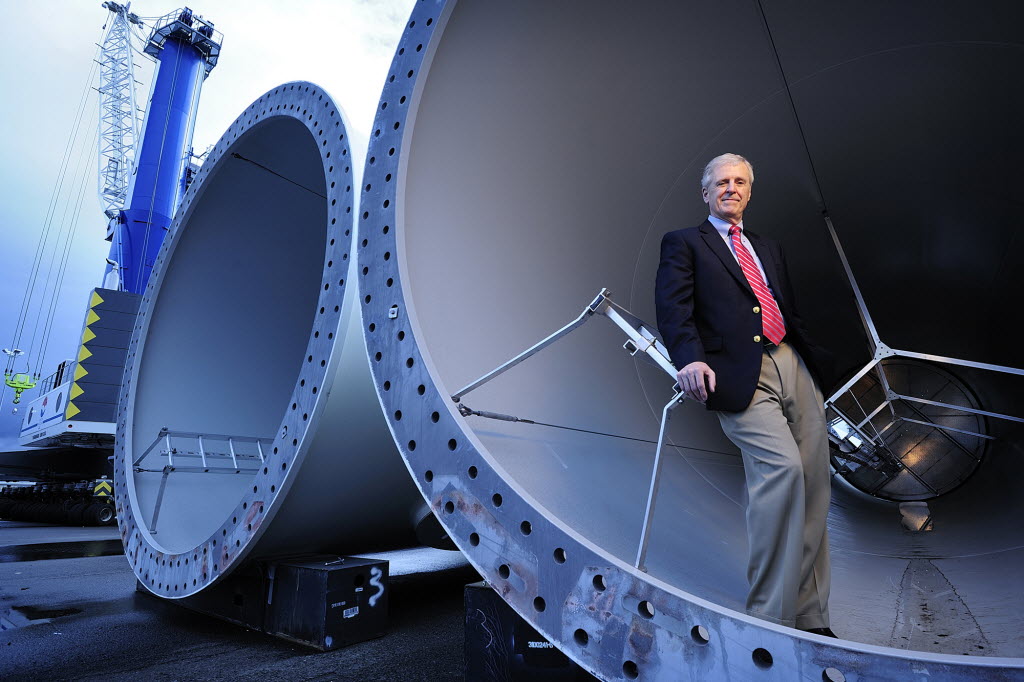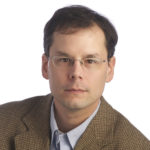Larry Paulson, whose last day as head of the Port of Vancouver is today, has been a part of or overseen the completion of a multitude of projects in his 20 years with the port -- 13 as executive director.
Because the port has diversified its project cargos, Paulson said, the past four years have been some of the best in terms of growth. "In 2009, we were No. 1 in the U.S. for handling wind energy (components)," he said. "In 2011, we handled more."
Here are just some of the numbers and projects that illustrate Paulson's tenure with the port:
o Annual cargo tonnage increased by nearly 1 million tons per year, and the port added 100 vessel calls per year.
o The Columbia River navigation channel was deepened from 40 feet to 43 feet.
o Terminal infrastructure projects were completed, including improvements to Terminal 2 to handle heavy cargo; Terminal 4, to handle Subaru auto imports and exports, and acquisition and development of Terminal 5.
o Three cranes -- including North America's two largest mobile harbor cranes -- were purchased.
o The former Rufener property -- now targeted for development as the Centennial Industrial Park -- was purchased.
o Many companies joined the port's base of maritime and industrial customers, including Glacier Cement, Pacific Coast Shredding, Tristar Transload, IMS Electronics, Keyera Energy, Sapa Profiles, Farwest Steel. BHP Billiton plans to set up shop, too.
o Sustainability practices were increased, including establishment of the Vancouver Lake Watershed Council, development of a wetland mitigation bank and cleanup of environmental contamination caused by historic landowners.
Compensation
At the end of his tenure with the port, Paulson drew a salary of $170,568.
He accrued 600 unused vacation hours, for which he'll receive $49,200.
All of his port benefits, including his $500 per month car allowance for business mileage racked up within a 20-mile radius of the port's headquarters, will end as of today.
Here is a summary of the benefits he received:
o Medical, dental, vision: $1,129.16 per month.
o Deferred compensation plan, under which the port contributes pre-tax money to Paulson's retirement.
In 2011: $24,779
2012: as of today, when benefit ends, $26,652
o Other benefits include employer-paid Health Reimbursement Arrangement and a tax-deferred supplemental savings plan. Paulson is also part of the state Public Employee Retirement System.





